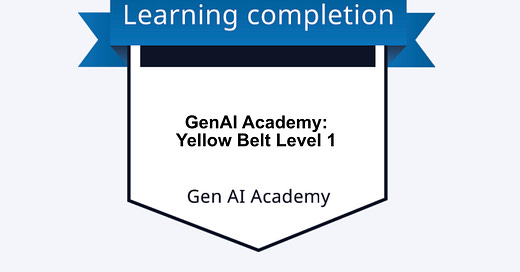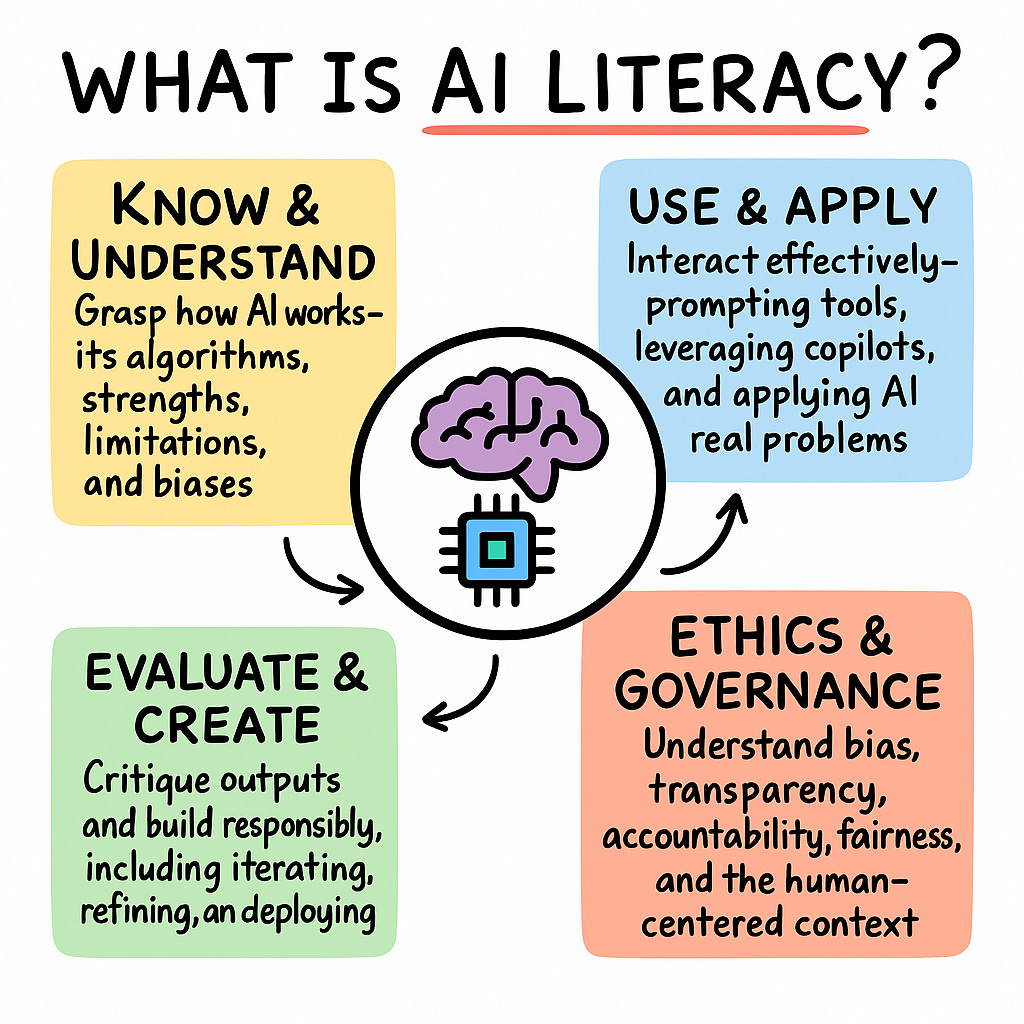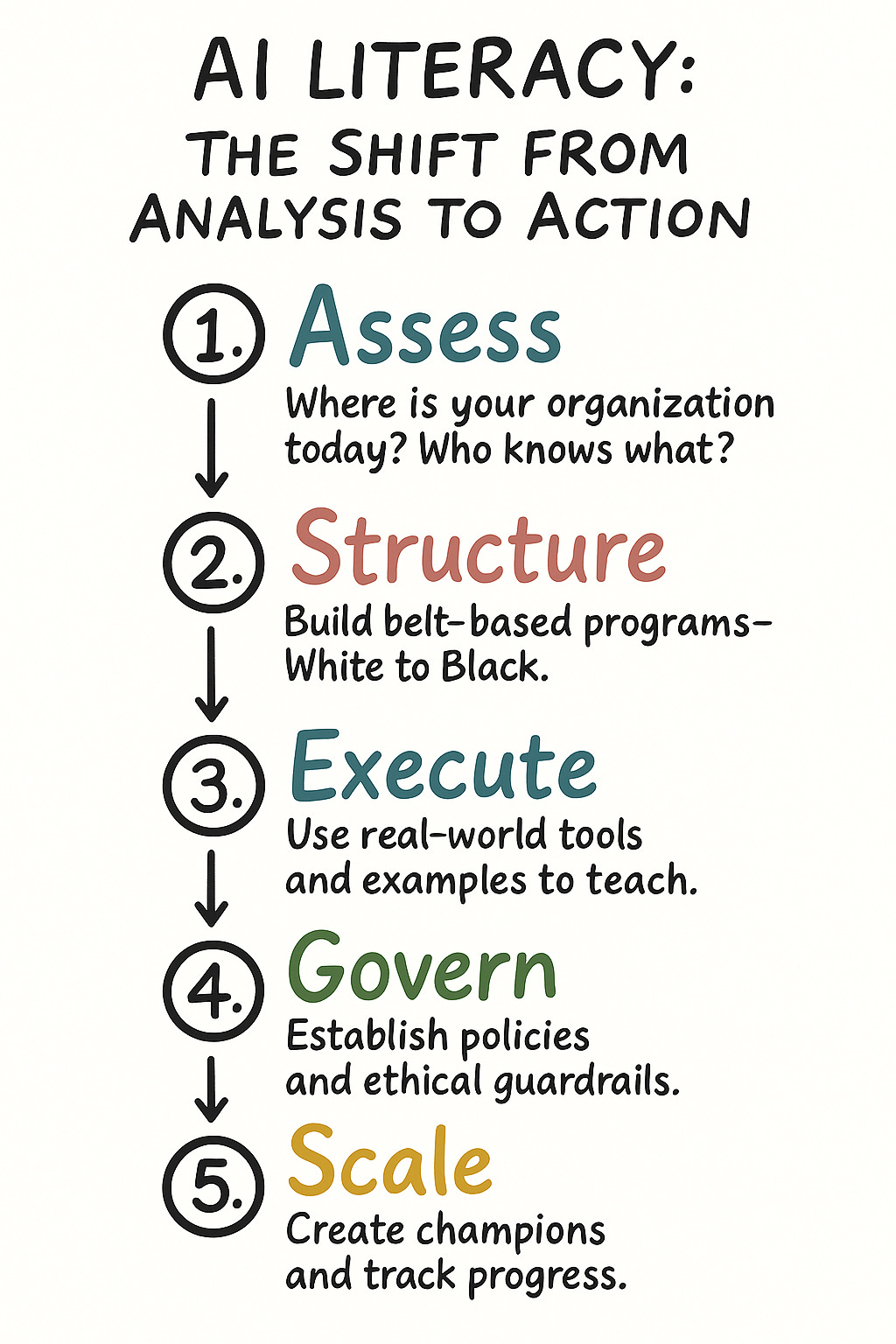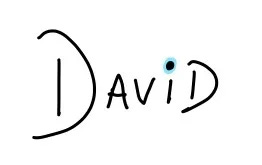In many ways, 2025 reminds me of 2009. Back then, I had joined an Austin Ventures-funded startup founded by Jeff Dachis (the original co-founder of one of the first digital firms of the Dotcom era, Razorfish). I wasn’t with Dachis Group very long, as I was recruited to join global communications firm, Edelman. This well established firm had been around for decades, famous for its annual Trust Barometer research. One of the things that helped me decide to join Edelman was that it was putting social media at the center of its organizational, business, and cultural strategy. As proof of that transformational change, Edelman had pioneered an organization-wide training program called the “belt system”, architected by one of my former colleagues, Phil Gomes.
The Edelman Belt system helped the firm’s employees quickly learn how social media was transforming the marketing/communications landscape. It provided us with a foundation, knowledge about developing case studies, and ways to evolve our skills in a world that is being connected and reshaped by technology in new ways.
As the cliché goes, history has a way of repeating itself. When I first joined my current employer, NTT Data, I was pleased to see that I had to undergo training to receive a “White Belt” in AI as part of my orientation. I’ve since upgraded that White Belt to Yellow, which gives me more access to AI enabled tools and resources that I use to do my work. It has me thinking about how, when it comes to AI, we’re at a similar inflection point to those early days of social media, when having literacy in the space was mandatory for doing our jobs, not to mention navigating our careers.
What Is AI Literacy?
At its core, AI literacy is the ability to understand, use, monitor, and critically reflect on AI technologies. It’s not about coding neural nets—it’s about insight and fluency across four interconnected domains:
Know & Understand: Grasp how AI works—its algorithms, strengths, limitations, and biases.
Use & Apply: Interact effectively—prompting tools, leveraging copilots, and applying AI to real problems.
Evaluate & Create: Critique outputs and build responsibly, including iterating, refining, and deploying.
Ethics & Governance: Understand bias, transparency, accountability, fairness, and the human-centered context.
Why It Matters
The conversation around AI literacy exploded when generative AI, ChatGPT, Midjourney, and Gemini entered the mainstream. It's no longer confined to the tech-savvy. Leaders, educators, and public institutions are taking notice.
The EU now requires that users have sufficient AI knowledge for responsible deployment.
Universities are embedding AI fluency into core curricula.
Governments are scaling internal training to bring AI into daily workflows.
And in business, AI literacy is rapidly moving from nice-to-have to must-have.
Organizations with higher levels of AI literacy already see measurable benefits across performance, innovation, and decision-making. According to a 2025 DataCamp report, teams with strong AI literacy are 40% more likely to report improved productivity and are twice as likely to innovate faster. Companies investing in role-based AI training—like those in finance, healthcare, and retail—are unlocking efficiency gains, increased employee engagement, and more intelligent risk management. In short, AI tools are only as powerful as those who know how to use them.
How Industry Leaders Are Upskilling
This is not theoretical. It’s happening in real-time across industries:
Pharma: Companies are deploying internal AI platforms and certifying employees to use generative tools responsibly.
Finance: Banks are rolling out copilots while training employees to evaluate AI outputs critically.
Consulting: Firms are building AI academies and embedding literacy into client-facing services.
Retail & Automotive: Organizations are developing role-based AI learning tracks.
Higher Ed & Public Sector: Schools and governments are preparing talent pipelines and modernizing legacy systems.
Business Implications In Play
When navigating AI transformation from risk to reward, numerous business implications and calculations must be made.
Risk & Compliance
AI regulations are expanding. Without trained people, tools alone become a liability.Productivity & Innovation
Teams equipped with AI literacy are outperforming those without. It’s a force multiplier.Talent & Culture
Employees—especially younger ones, expect to work with AI, but most haven’t been trained. The literacy gap is a retention risk.Ethics & Trust
AI tools can do more harm than good without guardrails and educated users. Literacy brings context and accountability.
AI Literacy: The Shift From Analysis To Action
If you're a business leader or enterprise decision-maker, here's a simple five-step framework to consider when accelerating the AI literacy of your org:
Assess: Where is your organization today? Who knows what?
Structure: Build belt-based programs—White to Black.
Execute: Use real-world tools and examples to teach.
Govern: Establish policies and ethical guardrails.
Scale: Create champions and track progress.
We’re in the early double-click of a generational shift. In 2009, social media literacy reshaped industries, and it was pretty cool to be at ground zero for that. I helped many companies establish their social media operations and teams and executed numerous programs and campaigns both externally and within the walls of the organization. In 2025, AI literacy will do the same, but faster and with broader/deeper impact.
Getting your AI literacy (and belts) isn’t just good training, it’s good business (by Design).
Visually yours,









Very helpful and useful analysis of what's going on in the real-world enterprise side of AI. People need to learn how to manage AI systems well, and from a 360 perspective as noted in your literacy chart. Bravo.
Great post, David. I refer back to “Social Business Transformation” quite often when discussing AI literacy and readiness.
I have my own ‘AIQ’ assessment but very curious about the details of the Belt program and the incremental AI access. Also wondering about mentoring/reverse mentoring (which we did at IBM with social media/business).
Would love to chat more!